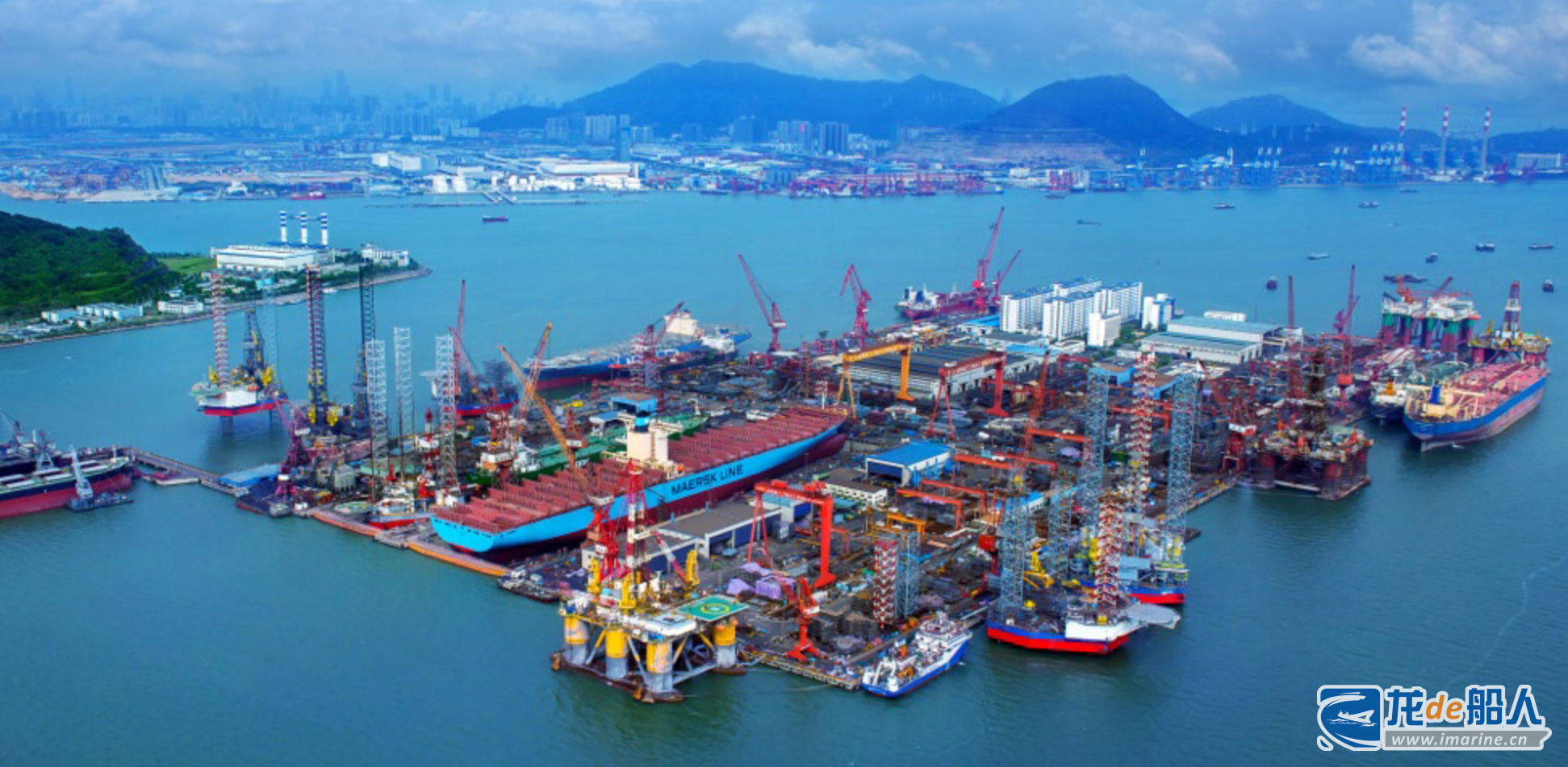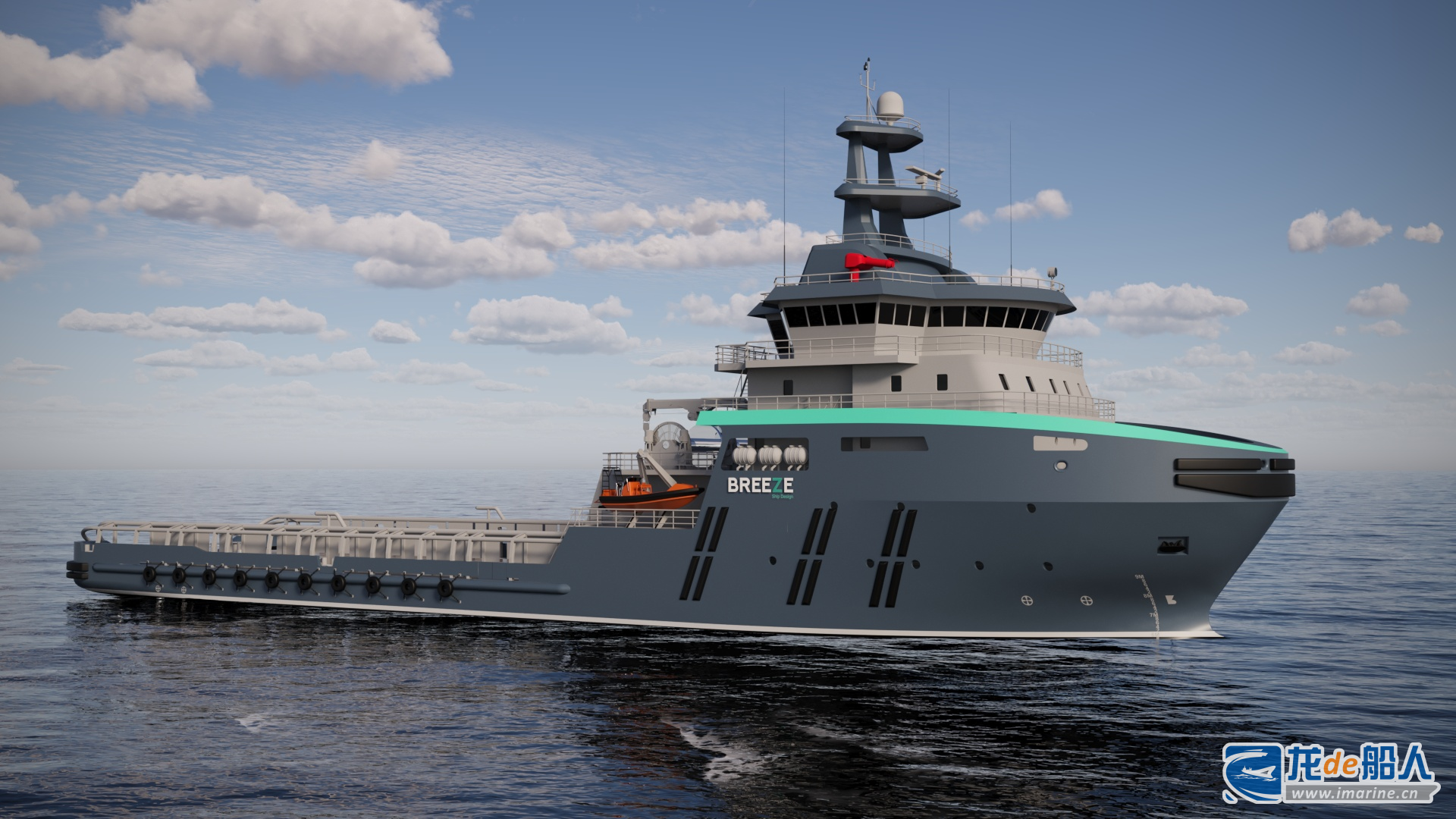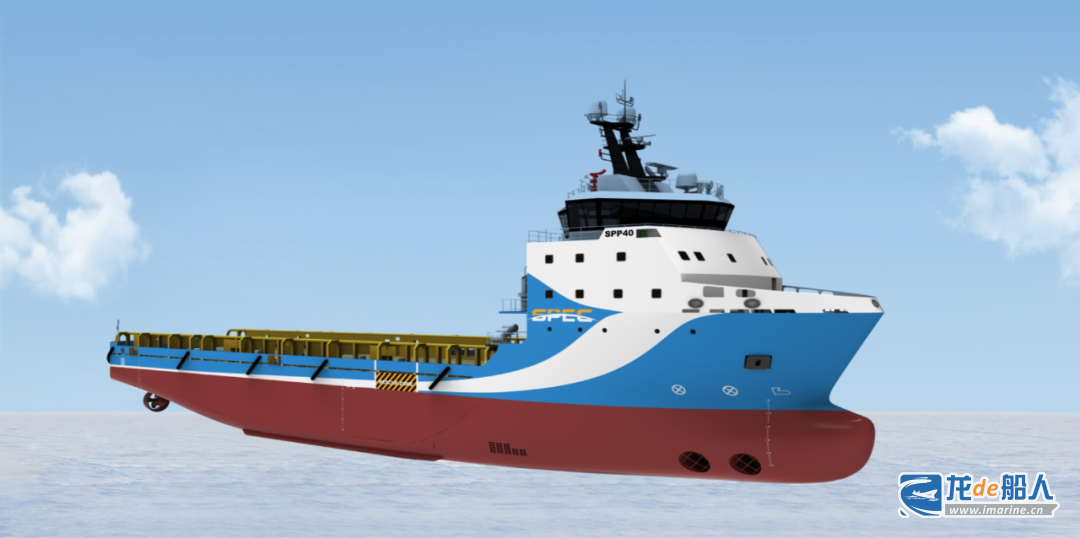In 2024, the global offshore industry market showed a significant recovery trend. According to Clarksons data, the annual order volume of offshore support vessels in 2024 is close to 50, reaching the highest level in nearly a decade. Recently, there have been several orders for offshore vessels in the market.
China Merchants Heavy Industry (Shenzhen) receives order for two new OCVs

Norwegian shipowner Olympic announced that in order to expand its fleet, it has built two energy-saving offshore construction vessels (OCVs) at China Merchants Heavy Industry (Shenzhen) Co., Ltd., which will be delivered in the summer of 2027 for operations in the renewable energy and oil and gas industries. The new vessels adopt the Kongsberg Maritime UT7623 SEV (Sustainable Energy Vessel) design and will “significantly exceed” the requirements of the Paris Agreement.
Olympic did not disclose the cost of the vessels, only saying that the project will bring the company contracts worth about 1 billion Norwegian kroner (89.3 million U.S. dollars), including 700 million Norwegian kroner for the Northwest Norway Maritime Cluster. Olympic said that the company’s financial performance in 2024 was good, which strongly supported the fleet expansion goals. It is expected that the company’s fleet revenue last year reached 1.6 billion Norwegian kroner and pre-tax profit was 800 million Norwegian kroner, more than double that of 2023.
In 2022, Olympic ordered two methanol-fueled offshore wind power Construction Service Operation Vessels (CSOV) from Ulstein of Norway, which will be delivered in July and November 2024 respectively. The vessels are named “Olympic Boreas” and “Olympic Notos”.
In addition, on January 23, China Merchants Heavy Industry (Shenzhen) also signed a contract with Greek submarine cable contractor Asso subsea to build a large shallow-water cable-laying vessel. The vessel adopts a methanol fuel-ready design and is expected to be delivered in 2027.
Southeast Shipbuilding wins AHTS order

Recently, Norwegian ship design company Breeze Ship Design announced that it has won a ship design contract from Chinese shipyard Southeast Shipbuilding to design an Advanced anchor handling tug offshore support vessel (AHTS) for an unnamed shipowner. This means that Southeast Shipbuilding’s AHTS order has come into effect.
The AHTS, based on Breeze Ship Design’s Z 4650 blueprint, is a robust 78-metre-long DP2 vessel tailored for demanding anchor handling operations in offshore environments – providing optimal performance and operational flexibility. Equipped with medium-speed diesel engines, a reduction gearbox featuring PTO/PTI functionality, and controllable pitch propellers, the Z 4650 AHTS transitions seamlessly between operational modes.
At present, the price, quantity and other details of the AHTS order have not been disclosed.
CDB Leasing places order for 8 offshore support vessels

On January 27, China Development Bank Financial Leasing (CDB Leasing) issued an announcement that it had signed contracts with Nantong Rainbow Offshore & Engineering Equipment (ROC) and Nantong CIMC Sinopacific Offshore & Engineering Co., Ltd (CIMC SOE) for four offshore engineering auxiliary vessels respectively. The unit price of each vessel will not exceed US$30 million, and the total price of the eight vessels will not exceed US$240 million (approximately RMB 1.72 billion).
On February 7, Jiangsu Rainbow Heavy Industries announced that its subsidiary ROC and CDB Leasing had renewed the contract for the construction of two SPP40 platform supply vessels (PSVs) following the contract for the construction of two SPP40 platform supply vessels (PSVs).
The PSV constructed by ROC is 81.75 meters in length, 17.40 meters in width, and 7.8 meters in depth, with a maximum draft of 6.3 meters and a deadweight tonnage of 4000 tons. The vessel is classed by the Bureau Veritas (BV) and is equipped with a DP2 system and a replaceable container-type power battery system. It is currently one of the first ships equipped with such a battery system by BV. The battery pack can achieve zero-emission navigation in emission control areas or ecological protection areas, and in DP mode, it can help the power system by shaving peak loads, significantly reducing fuel consumption and pollution.
With the tightening of environmental protection regulations, the green transformation of offshore engineering vessels has accelerated. In addition, many offshore engineering ship owners have actively expanded their fleets after getting rid of the downturn. In 2025, shipyards are expected to usher in another “harvest year” for offshore engineering vessels.


